A Day in the Life of an Emergency Care Nurse
We Care Online
NOVEMBER 22, 2024
Once in the emergency department, nurses conduct quick evaluations of patients, checking vital signs, gathering medical histories, and performing physical examinations. In many EDs, nurses also perform triage, which involves categorizing patients according to the urgency of their needs.

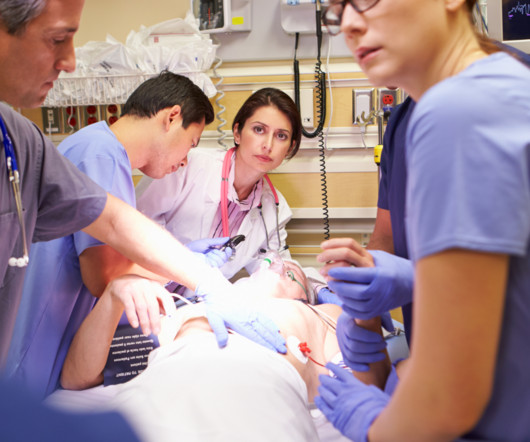
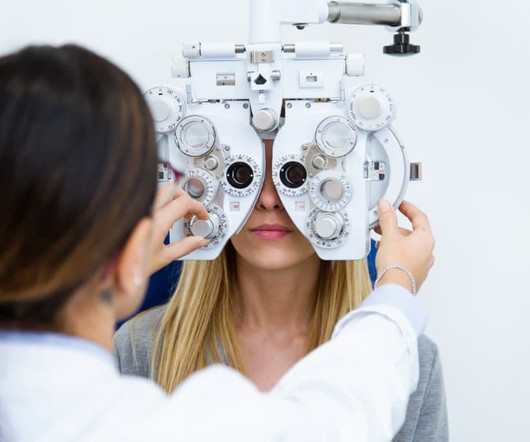
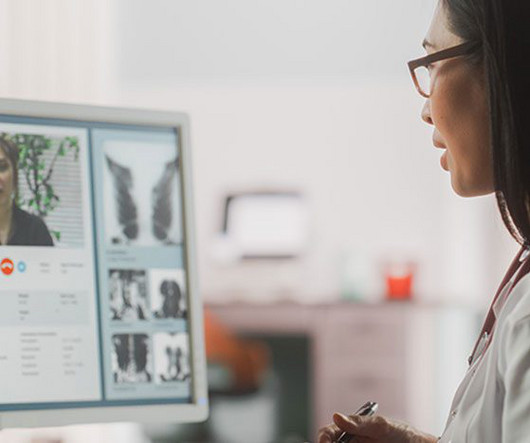
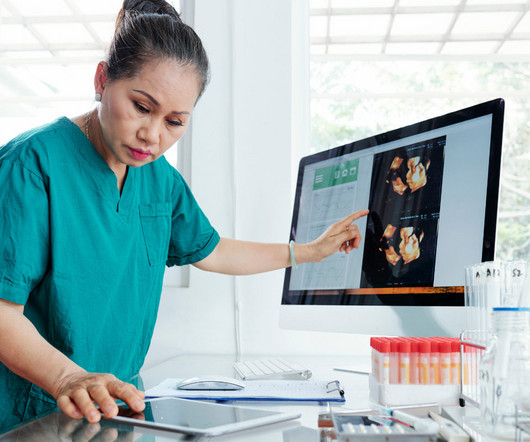
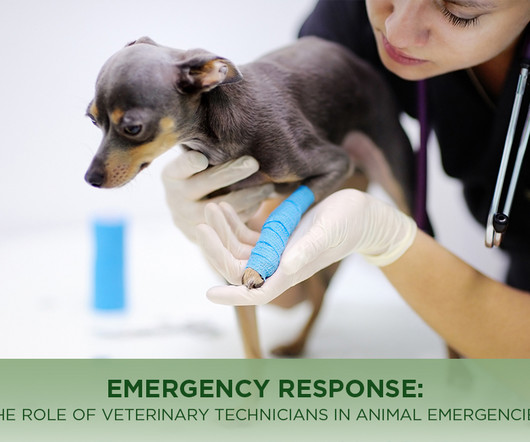

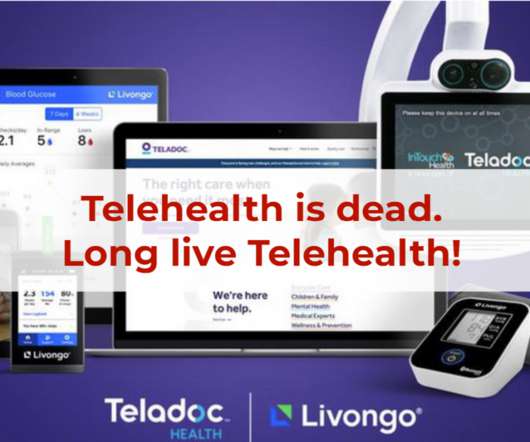
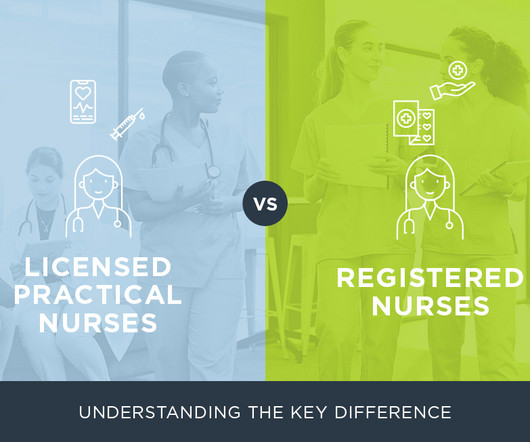






Let's personalize your content